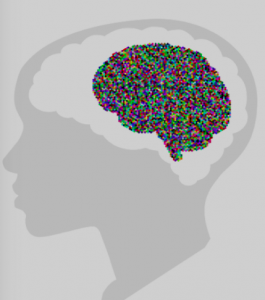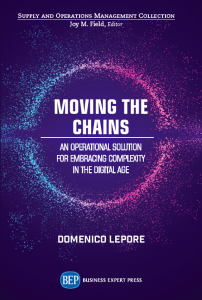The more complex the things we are in charge of become, the more we are tempted to look for a technology to solve the problem. The faster new technologies come onto the market, the more we are bombarded with the notion that technology is what we need to do everything better, including running our organizations.
It’s a tempting thought. We are in difficulty. We download an app or a vendor comes and installs a software and by pressing some buttons we can automate a better life. The bad news is that this is an illusion. The good news is that we already have a way to find a more powerful solution. It’s called a brain.
Rubbish in rubbish out
There is no doubt that technology is helping us advance and cross new boundaries every day. However, as customers we need to be aware that the world of IT is increasingly under pressure to produce fast. Ideally, the development of a software should follow a stringent path of rigorous thinking about how it is going to solve the customer’s problem without creating others, followed by the writing of an algorithm by highly competent mathematicians and the creation of a suitable code and easy to use interface. It starts with human intelligence. In many cases, the rush to get to market skips over some fundamental steps in this process. This can be further complicated by the use of semi-processed pieces of code that are fitted together. The customer will bear the brunt.
Human first – you can do it
Whether we are designing software or buying software, there is a vital place to start to make sure we create an optimal solution. It’s called human intelligence. Our brains have a remarkable (and often untapped) ability to solve problems.
If you are contemplating buying a software that will impact your organization in a significant way, there is a step you should not skip. Make an accurate analysis of the REAL problem that you are trying to solve by buying a software. This can be done effectively with Core Conflict Cloud from the Theory of Constraints. This powerful process starts with brainstorming all the “Undesirable Effects” your company is experiencing. What are the factors that are causing pain? You will realize that the various factors belong to categories, e.g., poor quality, lack of communication etc. The next step is to find an overarching phrase that encompasses all these Undesirable Effects. This one phrase will provide a level of clarity on the current reality of the organization that will never have been verbalized. This is how we start to build the “conflict” and you can read more about the process here.
If, by the way, you design software you can follow the same process to figure out exactly the problems of the customer that your software should address so you can do a more accurate job of it. Your customers will be delighted with a software adapted to their needs instead of them having to adapt to a software.
Don’t waste money
Dr. Goldratt who developed the Theory of Constraints called his first software “Disaster”. He chose this provocative name because, as he put it, any company that thinks it can run itself with a software is heading for disaster. By following the process of the Core Conflict, a company can avoid wasting large amounts of money on software or equipment by understanding with clarity the real problems that need to be addressed. Only at that point should an investment be made.
Human leaders for the Digital Age
Leaders who equip themselves with the ability to harness their intelligence and creativity and that of their staff will set themselves apart in the Digital Age. By learning to think and take decisions systemically, they will be able to reap the many benefits of good technology. They will achieve a vital balance between human and technological skills that will ensure a satisfying Future of Work.
Download Chapter 10 of ‘Sechel’ to learn more about the Thinking Processes







Leave a Reply